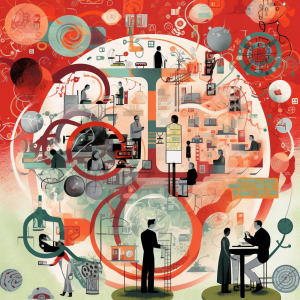Recent Posts
The first CRISPR-armed phage therapeutic designed to reduce E. coli in hematological cancer patients
This blog appeared earlier on Nature Biotechnology and Bioengineering Community in the behind-the-paper series of our recent Nature Biotechnology paper Engineered phage with antibacterial CRISPR–Cas selectively reduce E. coli burden in mice.
While cancer treatment continues to advance and survival rates for people with hematological malignancies are increasing, the chemotherapeutic regimens that are frequently used in this immunocompromised population cause bone marrow suppression and gastrointestinal mucositis with associated increased intestinal permeability.
read more
Unlocking the Future of Biotech: A Glimpse into SNIPR BIOME’s Journey and Denmark’s Growing Ecosystem
SNIPR BIOME, a clinical-stage biotechnology company established in 2015, is a testament to the power of diversity and innovation in the Danish biotech industry. With 50 employees representing 23 different nationalities, SNIPR BIOME applies Nobel Prize-winning CRISPR-Cas technology in gene therapies targeting the human microbiome. In 2019, SNIPR BIOME secured 50 million USD in Series A funding, the largest in Scandinavia, enabling us to expand from four to 50 team members.
read more
Behind the paper: Four novel anti-CRISPR proteins found using synthetic biology
Last week our article on new anti-CRISPR proteins was published in Cell Host & Microbe. Anti-CRISPRs are small proteins that inhibit the activity of CRISPR-Cas. These days a lot of research is focused on finding more active CRISPR-Cas systems. So why does anyone want to reduce CRISPR-Cas activity?
A big challenge with CRISPR-Cas is that it cleaves DNA where it is not supposed to, known as the “off-target effect”. This means CRISPR-Cas can introduce mutations that are unwanted.
read more

